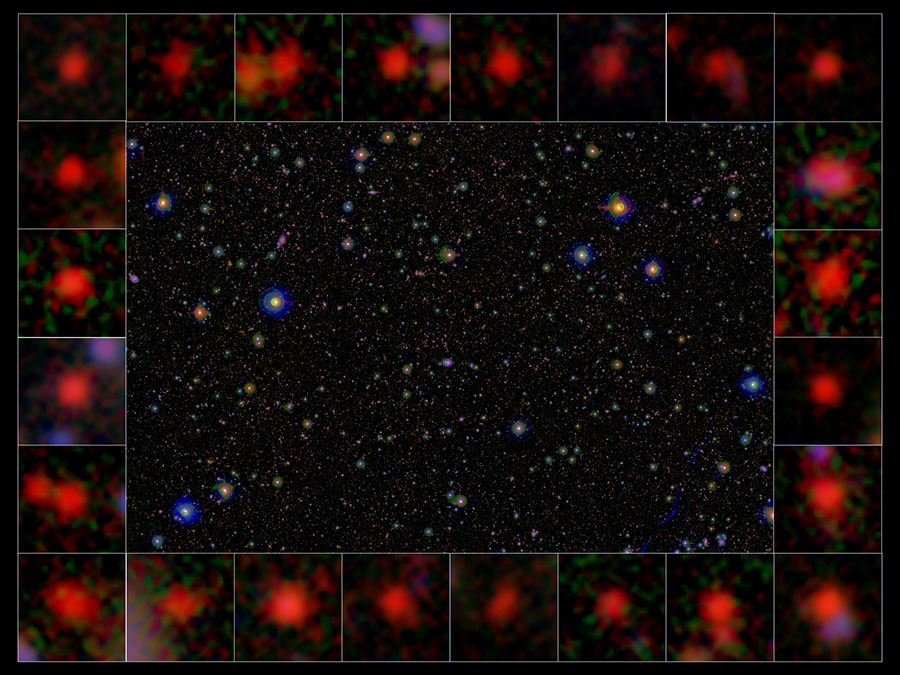2022-05-25 ジョージア工科大学
 Shu Jiaの研究室で開発された、実験室で培養された組織の動的な3D情報を1枚の画像に収めることができる新しいシステムで撮影された大腸オルガノイドの画像です。生画像は0.1秒で撮影された。色付けは、オルガノイドを3次元で描写するために、焦点計画から60および-60マイクロメートルの深さを表している。 (Image Courtesy: Shu Jia & Wenhao Liu)
Shu Jiaの研究室で開発された、実験室で培養された組織の動的な3D情報を1枚の画像に収めることができる新しいシステムで撮影された大腸オルガノイドの画像です。生画像は0.1秒で撮影された。色付けは、オルガノイドを3次元で描写するために、焦点計画から60および-60マイクロメートルの深さを表している。 (Image Courtesy: Shu Jia & Wenhao Liu)
これらの臓器のミニチュアモデルの3D画像を詳細に取得し、異なる条件や刺激でそれらがどう変化するかをよく見ることによって、身体の働きについて多くを知ることができます。”それは、病気がどのように進行するか、機械的な力や特定の薬剤が、細胞の挙動をどのように変化させ、影響を及ぼすかを教えてくれます。
ジョージア工科大学の研究チームは、高解像度の3D画像をリアルタイムで素早く作成し、オルガノイドの定量的な分析を可能にする、より優れたシステムを構築した。Coulter BME助教授のShu Jiaが率いるこの特注顕微鏡は、1つのカメラ画像で包括的な3D表現を再構築することができます。研究チームは、このシステムについて「Biosensors and Bioelectronics」誌に発表しています。
<関連情報>
- https://research.gatech.edu/3d-snap-jia-lab-develops-next-generation-system-imaging-organoids-0
- https://www.sciencedirect.com/science/article/abs/pii/S095656632200241X?via%3Dihub
ハイブリッド点拡がり関数を用いたヒト由来オルガノイドのフーリエ光電場イメージング Fourier light-field imaging of human organoids with a hybrid point-spread function
Wenhao Liu,Ge-Ah R Kim,Shuichi Takayama,ShuJia
Biosensors and Bioelectronics Published:26 March 2022
DOI:https://doi.org/10.1016/j.bios.2022.114201
Abstract
Volumetric interrogation of the cellular morphology and dynamic processes of organoid systems with a high spatiotemporal resolution provides critical insights for understanding organogenesis, tissue homeostasis, and organ function. Fluorescence microscopy has emerged as one of the most vital and informative driving forces for probing the cellular complexity in organoid research. However, the underlying scanning mechanism of conventional imaging methods inevitably compromises the time resolution of volumetric acquisition, leading to increased photodamage and inability to capture fast cellular and tissue dynamic processes. Here, we report Fourier light-field microscopy using a hybrid point-spread function (hPSF-FLFM) for fast, volumetric, and high-resolution imaging of entire organoids. hPSF-FLFM transforms conventional 3D microscopy and enables exploration of less accessible spatiotemporally-challenging regimes for organoid research. To validate hPSF-FLFM, we demonstrate 3D imaging of rapid responses to extracellular physical cues such as osmotic and mechanical stresses on human induced pluripotent stem cells-derived colon organoids (hCOs). The system offers cellular (2–3 μm and 5–6 μm in x–y and z, respectively) and millisecond-scale spatiotemporal characterization of whole-organoid dynamic changes that span large imaging volumes (>900 μm × 900 μm × 200 μm in x, y, z, respectively). The hPSF-FLFM method provides a promising avenue to explore spatiotemporal-challenging cellular responses in a wide variety of organoid research.


